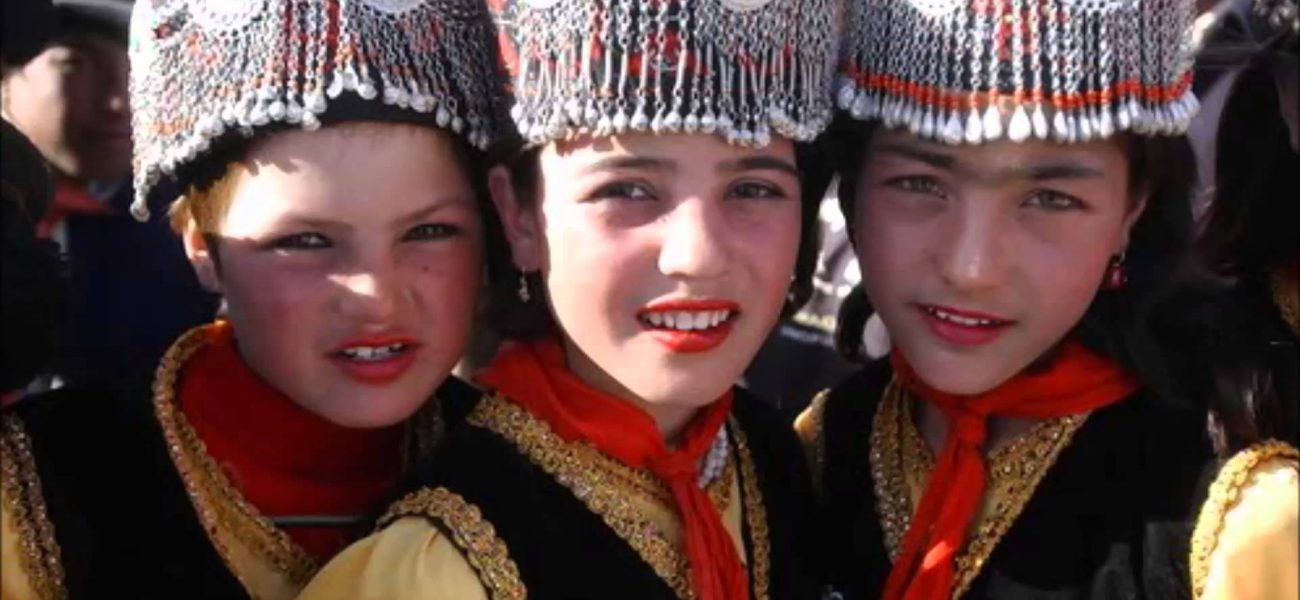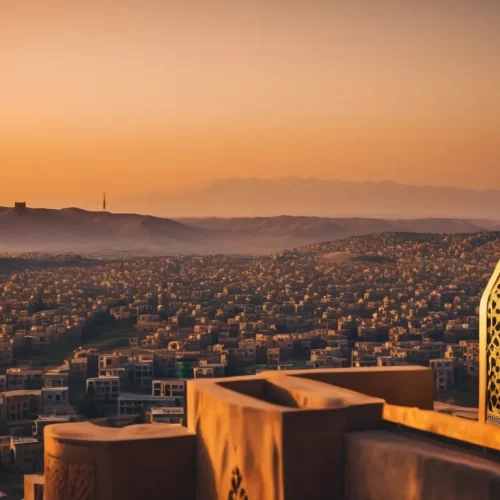The history of Iranian presence in China spans millennia, reflecting ancient trade routes, diplomatic exchanges, and cultural interactions between the Iranian plateau and the Far East. From the Silk Road to modern-day globalization, Iranians, including Persians and Sogdians, have left a lasting imprint on Chinese history, society, and culture. This research article delves into the multifaceted narratives of the Iranian diaspora in China, exploring their historical legacy, cultural contributions, and contemporary presence in the Middle Kingdom.
Historical Background
The historical background of the Iranian presence in China is rich and multifaceted, dating back to ancient times and spanning various dynasties and periods of Chinese history.
During the heyday of the Silk Road, which flourished from around the 2nd century BCE to the 14th century CE, Iranians played a crucial role as intermediaries in the trade between East and West. One of the most notable groups among them were the Sogdians, who hailed from the region of Sogdiana (present-day Uzbekistan and Tajikistan) and were renowned for their prowess in commerce, language skills, and cultural adaptability. Sogdian merchants established extensive trade networks that stretched from the Mediterranean to China, with major hubs in cities like Samarkand, Bukhara, and Dunhuang.
In China, the Sogdians and other Iranian traders settled in key cities along the Silk Road, including Chang’an (modern-day Xi’an), Luoyang, and Dunhuang. These settlements became vibrant centers of commerce and cultural exchange, where goods, ideas, and technologies from across the known world converged. The Sogdians not only facilitated the trade of silk, spices, and other luxury commodities but also served as intermediaries for the transmission of religious, artistic, and scientific knowledge between East and West.
Persians also made significant contributions to the historical relationship between Iran and China. Diplomatic missions between the Persian Empire (particularly during the Sassanian period) and China’s dynastic rulers facilitated political alliances, trade agreements, and cultural exchanges. Persian envoys, scholars, and artisans traveled to China, bringing with them gifts, knowledge, and innovations that enriched Chinese society and influenced its art, architecture, and technology.
The historical connections between Iran and China are also evident in literary works and historical records from both civilizations. Chinese chronicles, such as the “Records of the Grand Historian” (Shiji) by Sima Qian, mention encounters with “Daqin” (the Roman Empire) and “Fulin” (Persia), highlighting the awareness of distant lands and peoples among Chinese intellectuals and officials. Likewise, Persian sources, such as the “Shahnameh” (Book of Kings) by Ferdowsi, contain references to China and its legendary emperors, reflecting the interconnectedness of Persian and Chinese narratives of history and myth.
Overall, the historical background of the Iranian presence in China is a testament to the enduring bonds of trade, diplomacy, and cultural exchange that have linked these two great civilizations for centuries. The legacy of the Silk Road and the contributions of Iranian merchants, diplomats, and scholars have left an indelible mark on Chinese history, society, and culture, enriching its diversity and shaping its worldview.
Cultural Contributions
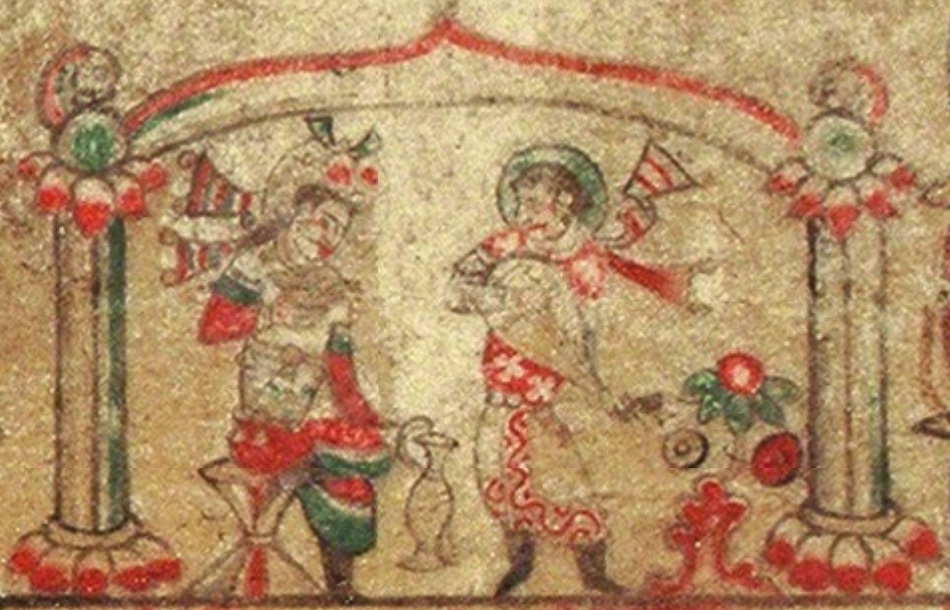
The cultural contributions of Iranians in China have been profound and far-reaching, leaving an indelible mark on various aspects of Chinese society, art, architecture, and cuisine.
Art and Architecture
Iranian artisans and architects brought with them a rich tradition of craftsmanship and artistic expression, which influenced the development of Chinese art and architecture. The distinctive architectural features of Persian mosques, palaces, and gardens found their way into Chinese design, contributing to the fusion of styles seen in structures such as the Great Mosque of Xi’an, which blends Chinese architectural elements with Persian and Central Asian motifs. Additionally, Persian artists and craftsmen played a significant role in the decoration of Chinese palaces and tombs, introducing techniques such as tilework, calligraphy, and miniature painting to Chinese artisans.
Language and Literature
The exchange of ideas between Iranians and Chinese scholars fostered the translation of Persian literary works into Chinese and vice versa, enriching the literary landscape of both cultures. Persian poetry, with its themes of love, mysticism, and nature, captivated Chinese intellectuals and poets, inspiring the creation of Chinese poetry in the Persian style. The influence of Persian literary forms, such as the ghazal and qasida, can be seen in Chinese poetry collections from the Tang and Song dynasties, demonstrating the cross-cultural pollination of literary traditions.
Cuisine and Culinary Traditions
Iranian culinary traditions left a lasting impact on Chinese cuisine, introducing new ingredients, flavors, and cooking techniques to Chinese chefs and cooks. Persian spices such as saffron, cumin, and cardamom found their way into Chinese kitchens, adding depth and complexity to dishes such as lamb kebabs, pilaf, and stews. Similarly, Persian culinary techniques such as slow-cooking and marinating influenced the preparation of meat dishes in Chinese cuisine, contributing to the diversity of flavors and textures found in Chinese culinary traditions.
Music and Performing Arts
Iranian musicians and performers brought their musical traditions to China, enriching the cultural landscape with new melodies, instruments, and dance forms. Persian musical instruments such as the oud, tar, and santur found resonance among Chinese musicians, inspiring the development of hybrid musical styles that blended Persian and Chinese elements. Likewise, Persian dance forms such as the tannoura and khaleegi influenced the choreography and movements of Chinese dance performances, contributing to the diversity and dynamism of Chinese performing arts.
The cultural contributions of Iranians in China have been multifaceted and diverse, shaping various aspects of Chinese society, art, cuisine, and literature. Through the exchange of ideas, artistic expressions, and culinary traditions, Iranians and Chinese have forged enduring bonds of cultural exchange and mutual enrichment, creating a legacy of cross-cultural creativity and collaboration that continues to resonate in the contemporary world.
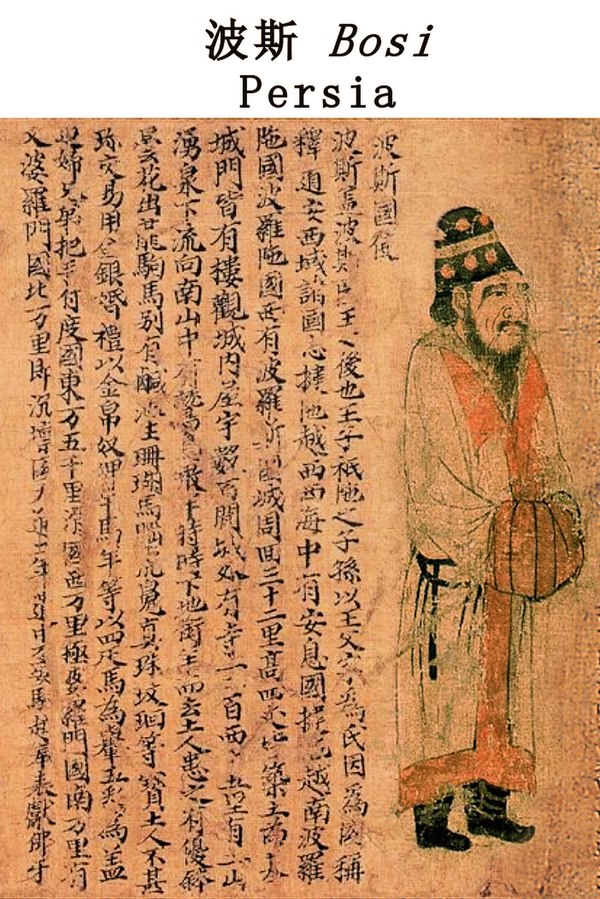
Trade and Commerce
Trade and commerce formed the backbone of the relationship between Iranians and Chinese throughout history, particularly along the ancient Silk Road. This network of trade routes facilitated the exchange of goods, ideas, and cultures between the East and the West, with Iranian merchants playing a central role in connecting the markets of the Iranian plateau with those of China.
Silk Road Trade
The Silk Road served as the primary conduit for trade between Iran and China, enabling the flow of silk, spices, precious metals, and other commodities across vast distances. Iranian merchants, particularly the Sogdians, established extensive trade networks that linked the cities of Central Asia with China’s prosperous urban centers. Caravans laden with goods traversed deserts, mountains, and oases, navigating perilous terrain to reach their destinations.
Luxury Goods and Exotic Commodities
Iranian traders brought a wide array of luxury goods and exotic commodities to China, including Persian carpets, textiles, spices, and gemstones. Persian silk, renowned for its quality and craftsmanship, was highly coveted by Chinese elites, who valued it for its beauty and prestige. Iranian merchants also traded in goods such as pearls, incense, and precious metals, which found eager buyers among the affluent classes of Chinese society.
Cultural Exchange and Diplomacy
Trade along the Silk Road facilitated not only the exchange of goods but also the transmission of ideas, technologies, and cultural practices between Iran and China. Iranian merchants served as cultural intermediaries, introducing Chinese consumers to Persian art, literature, and craftsmanship. Diplomatic missions between the Persian Empire and Chinese dynasties further strengthened ties between the two civilizations, fostering diplomatic relations, cultural exchange, and mutual understanding.
Economic Prosperity and Urbanization
The prosperity generated by trade along the Silk Road contributed to the growth of urban centers and commercial hubs in both Iran and China. Cities such as Samarkand, Bukhara, and Dunhuang flourished as cosmopolitan centers of commerce and culture, attracting merchants, artisans, and scholars from across the known world. In China, cities such as Chang’an (Xi’an), Luoyang, and Guangzhou emerged as vibrant trading hubs, where goods from distant lands were bought, sold, and exchanged in bustling marketplaces.
Legacy of Innovation and Exchange
The legacy of trade and commerce between Iranians and Chinese endures to this day, shaping the economic, cultural, and technological landscapes of both nations. The exchange of goods and ideas along the Silk Road facilitated innovations in agriculture, industry, and craftsmanship, leading to advancements in irrigation, metallurgy, and textile production. The cultural exchange fostered by trade laid the groundwork for future collaborations and cross-cultural interactions, enriching the heritage of both Iran and China with diverse influences and traditions.
Trade and commerce played a pivotal role in connecting Iranians and Chinese throughout history, facilitating the exchange of goods, ideas, and cultures along the ancient Silk Road. The legacy of this exchange continues to resonate in the contemporary world, shaping the economic, cultural, and diplomatic relations between Iran and China and contributing to the shared heritage of humanity.
Religious and Spiritual Connections
The religious and spiritual connections between Iranians and the Chinese have deep historical roots, with the exchange of religious beliefs and practices shaping the spiritual landscape of both civilizations. Throughout history, Iranians have played a significant role in the dissemination of various religious traditions in China, including Zoroastrianism, Buddhism, and Nestorian Christianity.
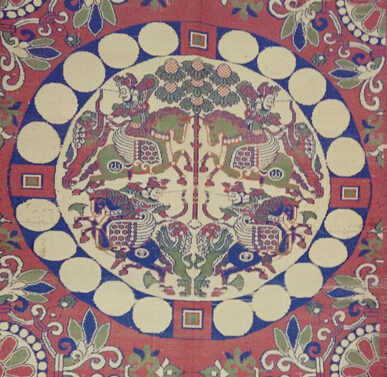
Zoroastrianism
Zoroastrianism, the ancient religion of Iran, found its way to China through cultural and trade exchanges along the Silk Road. Persian merchants and travelers introduced Zoroastrian beliefs and rituals to Chinese communities, where they coexisted with indigenous religious practices. Temples dedicated to Ahura Mazda, the supreme deity of Zoroastrianism, were established in Chinese cities, serving as centers of worship and spiritual guidance for Iranian immigrants and their descendants.
Buddhism
The spread of Buddhism from India to China was facilitated by Iranian merchants and monks who traveled along the Silk Road. Sogdian merchants, in particular, played a key role in disseminating Buddhist teachings and sponsoring the construction of Buddhist monasteries and stupas in China. Iranian Buddhist monks, such as An Shigao and An Xuan, translated Buddhist scriptures into Chinese and propagated Buddhist doctrines among Chinese scholars and clergy, contributing to the spread of Buddhism across East Asia.
Nestorian Christianity
Nestorian Christianity, an early Christian sect that originated in the Persian Empire, also found followers among Iranian communities in China. Persian missionaries and traders brought Nestorian Christian teachings to China, where they established churches and monasteries in major cities such as Chang’an and Xi’an. The Nestorian Stele, erected in 781 CE, bears inscriptions in Chinese and Syriac detailing the arrival of Nestorian missionaries in China and their efforts to spread the Christian faith among the Chinese people.
Syncretic Beliefs and Cultural Synthesis
The religious and spiritual connections between Iranians and Chinese led to the development of syncretic beliefs and practices that blended elements of Persian, Buddhist, Taoist, and Confucian traditions. Iranians in China often incorporated aspects of their ancestral religions into their daily lives, adapting to local customs while preserving their cultural identity. Temples and shrines dedicated to Persian deities, Buddhist bodhisattvas, and Daoist immortals became sites of pilgrimage and veneration, where devotees sought spiritual guidance and blessings for themselves and their families.
The religious and spiritual connections between Iranians and Chinese reflect the dynamic interplay of cultures, beliefs, and traditions along the Silk Road. Through the exchange of religious teachings, rituals, and iconography, Iranians and Chinese forged a shared spiritual heritage that continues to resonate in the diverse religious landscape of contemporary China.
Contemporary Presence
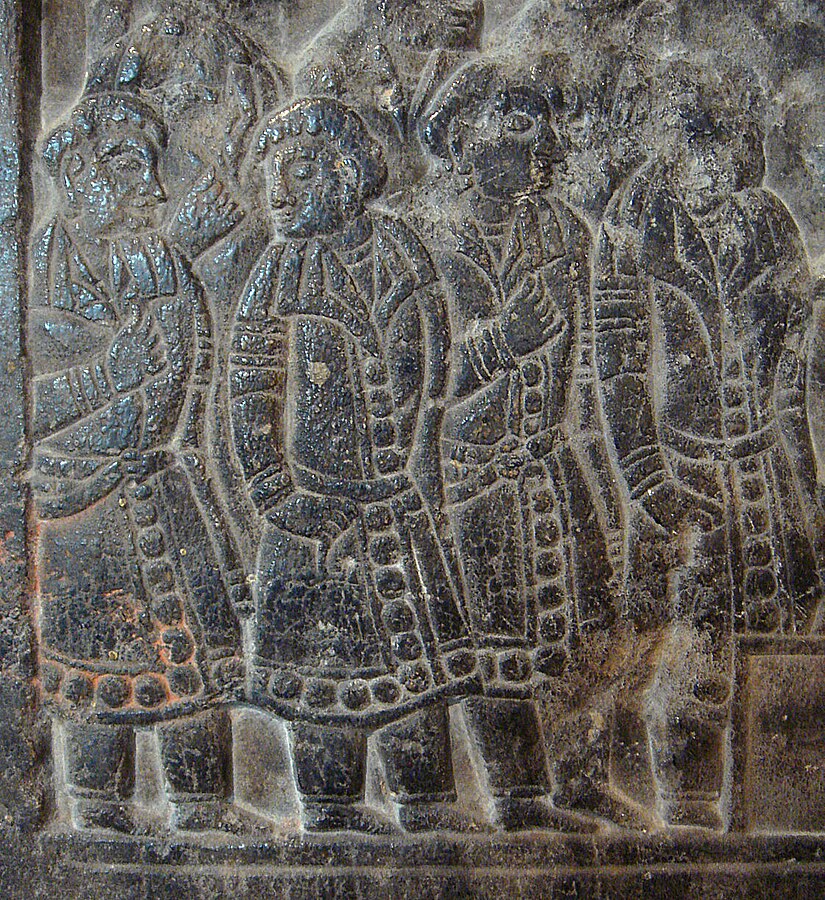
In contemporary times, the Iranian presence in China continues to be multifaceted, reflecting the enduring ties between the two nations and the diverse contributions of Iranians to various aspects of Chinese society.
Academic and Educational Exchange
Iranian students pursue higher education in Chinese universities, contributing to academic exchange and cross-cultural dialogue between Iran and China. Chinese institutions offer scholarships and academic programs that attract Iranian students interested in fields such as engineering, medicine, and business. Through their studies, Iranian students gain insights into the Chinese language, culture, and society, fostering mutual understanding and cooperation between the two nations.
Business and Economic Ventures
Iranian entrepreneurs and businesses engage in trade and investment ventures in China, capitalizing on China’s economic growth and expanding bilateral ties between the two countries. Iranian companies participate in trade fairs, exhibitions, and business forums in Chinese cities, seeking opportunities for collaboration and partnership in sectors such as energy, infrastructure, and technology. The Belt and Road Initiative, China’s ambitious infrastructure development project, offers avenues for Iranian firms to participate in joint ventures and infrastructure projects across the region.
Cultural Exchange and Diplomatic Initiatives
Cultural exchange programs and diplomatic initiatives strengthen relations between Iran and China, deepening mutual understanding and cooperation in the 21st century. The two countries collaborate on cultural events, art exhibitions, and film festivals that showcase the richness and diversity of their respective cultures. Diplomatic visits, high-level meetings, and strategic dialogues between Iranian and Chinese officials reaffirm the importance of bilateral relations and promote cooperation on regional and global issues of mutual interest.
Community Engagement and Social Integration
The Iranian community in China actively participates in social, cultural, and religious activities that promote community cohesion and social integration. Iranian expatriates organize cultural festivals, language classes, and social gatherings that celebrate Iranian heritage and foster a sense of belonging among community members. Religious institutions and community centers provide spiritual guidance, social support, and welfare services to Iranians living in China, helping them navigate the challenges of expatriate life and maintain their cultural identity in a foreign environment.
Scientific and Technological Collaboration
Iranian and Chinese scientists collaborate on research projects, academic exchanges, and joint initiatives that advance scientific knowledge and technological innovation. Partnerships between Iranian and Chinese universities, research institutes, and technology companies promote collaboration in fields such as biotechnology, renewable energy, and information technology. Joint research endeavors and technology transfer agreements facilitate the exchange of expertise, resources, and best practices, driving progress and innovation in key areas of scientific inquiry and technological development.
The contemporary presence of Iranians in China is characterized by engagement across various sectors, including academia, business, culture, diplomacy, and science. Iranians contribute to the vibrant tapestry of Chinese society, enriching it with their diverse talents, perspectives, and experiences. As Iran and China deepen their cooperation and collaboration in the 21st century, the contributions of Iranians to Chinese society are poised to grow, strengthening the bonds of friendship and partnership between the two nations for generations to come.
The Iranian diaspora in China represents a dynamic and evolving facet of the bilateral relationship between Iran and China. From ancient times to the present day, Iranians have played a significant role in shaping the cultural, economic, and social landscape of China, leaving an indelible mark on its history and society.
The historical ties forged along the Silk Road continue to serve as the foundation for contemporary interactions between Iranians and Chinese. While the ancient Silk Road facilitated trade and cultural exchange, modern-day initiatives such as the Belt and Road Initiative present new opportunities for cooperation and collaboration between Iran and China in areas such as infrastructure development, trade, and investment.
Cultural exchange programs, academic partnerships, and diplomatic initiatives further strengthen relations between the two nations, fostering mutual understanding and cooperation in an increasingly interconnected world. The Iranian community in China, with its rich cultural heritage and diverse contributions, serves as a bridge between the two countries, promoting dialogue, friendship, and cooperation across borders.
As Iran and China continue to deepen their strategic partnership and expand their cooperation in various fields, the Iranian diaspora in China will undoubtedly play a vital role in advancing mutual interests and enhancing people-to-people ties between the two nations. Through their efforts in academia, business, culture, and diplomacy, Iranians in China contribute to the shared goal of building a more prosperous, peaceful, and interconnected world.

